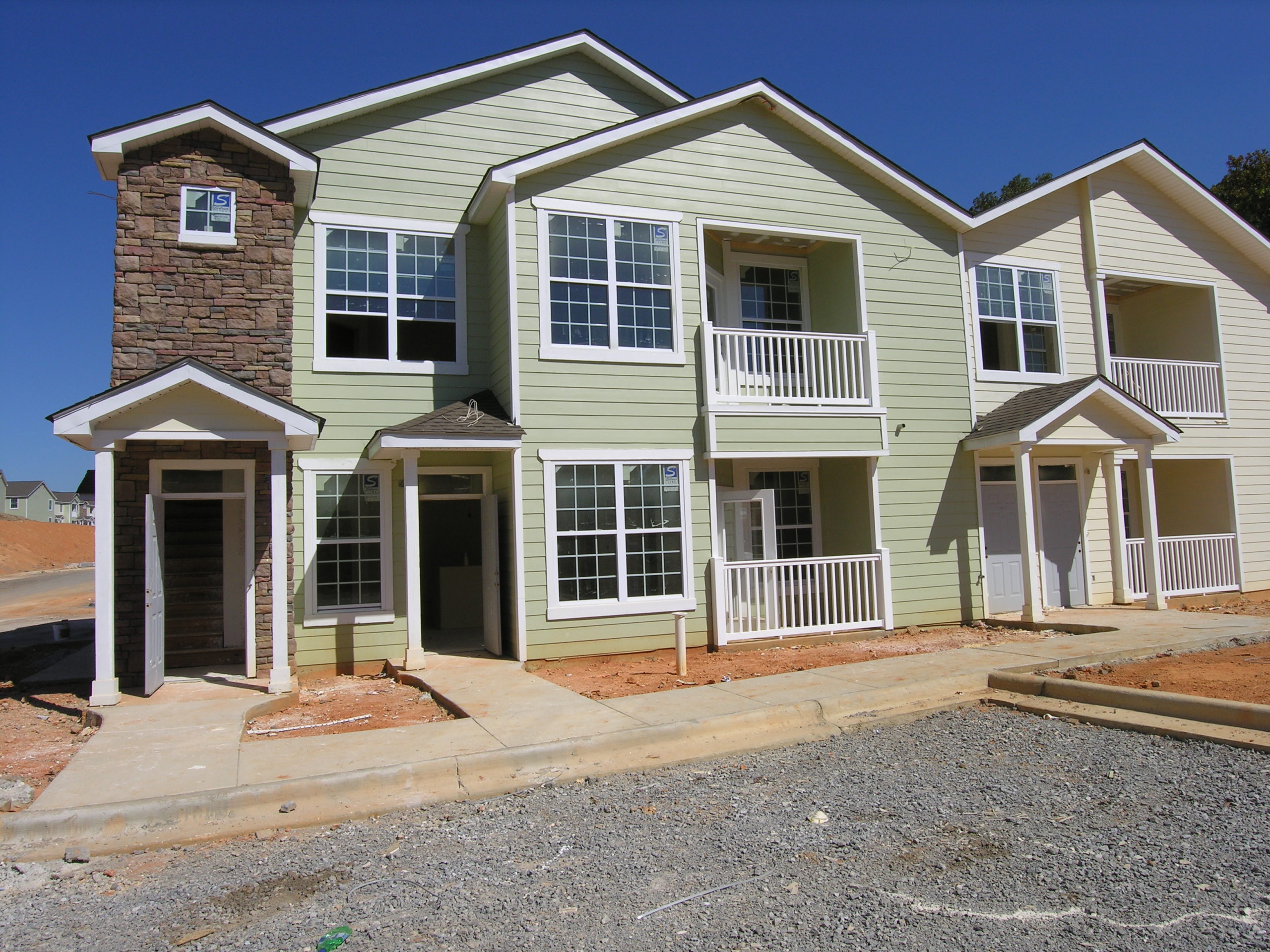Now that the economy is picking up again, a vaccination plan has been implemented, and businesses are getting back to steady-state operations, it’s time to review the multifamily housing sector. Overall, the multifamily market is strong and healthy, but there are a few speed bumps.
The major challenge in the last year was a mandatory moratorium on evictions, which strapped many landlords and multi-family owners, allowing renters a free pass. The bright side is, that the moratorium helped renters who would have struggled to pay rent due to lack of employment brought on by social distancing guidelines and business shutdowns. Had the moratorium not been in place, we’d be looking at a drastically different market today. We’d likely be seeing record vacancies, a race to the bottom on rents, and worse.
While the eviction moratorium introduced a mix of good and bad results in the market, the market fundamentals are mostly strong.
How 2020 Impacted the Multifamily Market
Beyond the eviction moratorium, the coronavirus impacted multifamily housing in other ways. For starters, rents went up. In fact, over the last decade, multifamily rents have increased a total of 39 percent across the U.S. That’s a sign of a healthy market. But the biggest COVID-related change in multifamily housing is renter expectation.
Because more people are working remotely, they are spending more time at home and are looking for units with more space and luxury amenities. As a result, there is a mass exodus from urban centers to the suburbs.
What that will do for multifamily for the foreseeable future is drive new construction in the suburbs, which is generally where you’ll find more single-family residential units. Higher demand for multi-family could mean a new wave of gentrification, neighborhood renovations, and mass conversion of single-family residential zones to luxury multifamily housing.
Cities that want more attractive neighborhoods or that want to preserve historic districts and certain sections of town will likely implement new code development guidelines for multifamily developers or interpret existing rules more strictly. We’ll also likely see more multifamily renovations that target older apartment complexes and reimagine them to meet the demand of younger consumers interested in large units with luxury amenities.
On the downside, almost half of the multifamily units already under construction were halted last year. Now that the economy is picking up, it’s likely that developers will get back to most of those projects.
Expect Multifamily Residential Growth for the Next Few Years
 Even before the pandemic, there was a growing demand for multifamily housing. Many millennials have been reluctant to purchase single-family homes, or they’ve put it off to coincide with marrying later in life. A new generation of young people is coming of age and young singles tend to group in multifamily communities.
Even before the pandemic, there was a growing demand for multifamily housing. Many millennials have been reluctant to purchase single-family homes, or they’ve put it off to coincide with marrying later in life. A new generation of young people is coming of age and young singles tend to group in multifamily communities.
Both Freddie Mac and Fannie Mae expect 2021 to be a growth year for multifamily. Other industry insiders expect the same.
Of course, some markets will do better than others. Where single-family home prices are on the rise, we’ll likely see more affordable multifamily housing driving up demand in that sector. As Baby Boomers continue to retire and downsize, they’ll move into senior communities, which represents another growing, and more specialized, sector of multifamily housing.
Individual new construction markets that look bright in 2021 include Dallas at the top of the list with Miami and Washington D.C. not far behind. Dallas should see more than 20,000 multifamily completions this year, a 12.1 percent year-over-year increase. Miami will see more than 16,000, representing a 66.3 percent increase. And the nation’s capital will see an increase of 50.5 percent with more than 14,000 completions. Houston and Los Angeles round out the top five multifamily markets in the nation.
Generally speaking, major metropolitan areas are hot for multifamily new construction.
The Biden Administration renewed the eviction moratorium through the end of July, but the Centers for Disease Control and Prevention is saying this will be the last extension. At the end of the month, we’ll likely see a rise in evictions. In most places, however, the process can take 60 to 90 days, which means we could see a spate of new tenant turnovers before the end of the year. That will likely lead to an increase in rents, near full occupancy rates, and more demand for multifamily living across the board.
Another factor impacting multifamily growth right now is the fact that the inventory for single-family residential units is low. Families that want to buy a home will have no alternative but to rent until new home-buying opportunities open up.
The market is strong and getting stronger.
Investment in Multifamily Will Continue to Grow
Multifamily housing is ripe for new investment. Where there are strong market conditions, there will be investment. But investors will have to look hard at project fundamentals and individual markets. Look for areas where there are large single populations. In 2019, that would have been St. Louis, New Orleans, and Washington D.C.
Another signal is to look for places where single-family housing prices are on the rise. Median home values across the board are higher in the U.S. than they were a year or two ago. While home prices are going up almost everywhere, they are rising fast in major metro areas. Markets with rising single-family housing prices, however, are not necessarily markets where the most expensive houses are. Rapidly rising home prices mean some families will not be able to afford to buy a house and will have to rent instead. That means an opportunity to invest in multifamily housing.
The number of U.S. renters in American cities has grown by 31 percent on average since 2000. The multifamily occupancy rate was 96.3 percent in 2019. It’s still climbing. That means there is a huge demand for new multifamily housing units, and when you consider that urban dwellers are moving to the suburbs and asking for larger units with luxury amenities, that spells a great big opportunity for investors to spur on a new era of multifamily development. There is no time better than now, but, again, do your due diligence because not all markets are created equal.


